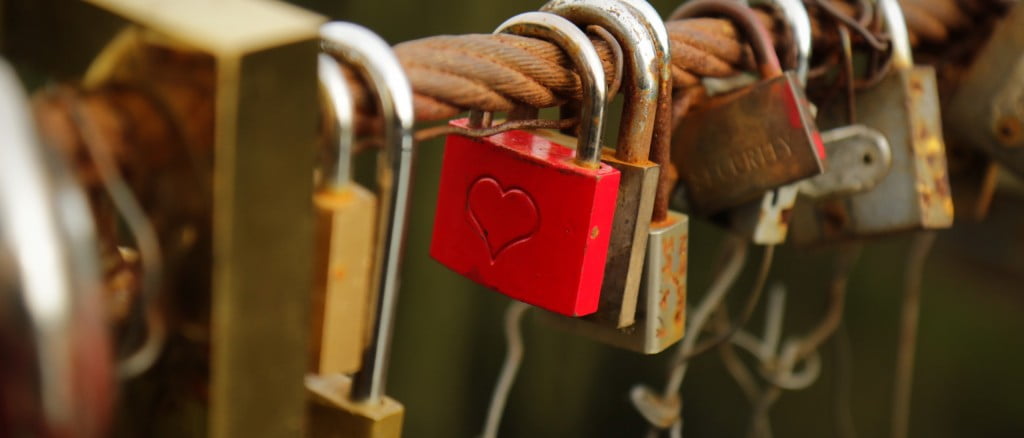
Dieser Bereich der Website steht nur registrierten Eigentümern der Herz Berlin Wohnanlage zur Verfügung. Eigentümer können hier ein Nutzerkonto erhalten.
You need to be logged-in to access this content.
If you are an owner of a unit in our building, sign up for an account!
Eigentümer / owners
Access to the website is restricted to registered owners who have provided proof of ownership.
Mieter / tenants
Everyone living in the building (owner and tenants) is invited to join our chat groups:
Nachbarn in Kiez
Wir freuen uns über gute Nachbarschaft! Für den gemeinsamen Austausch empfehlen wir die Registrierung auf
